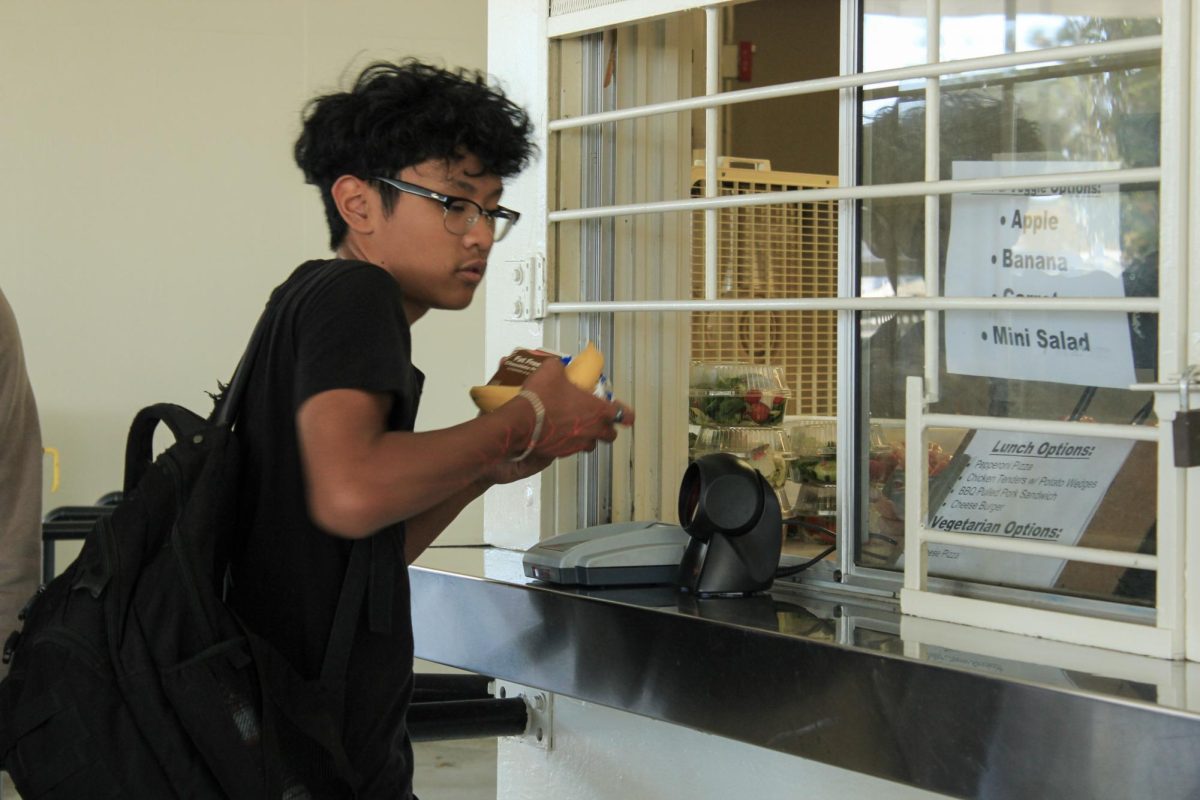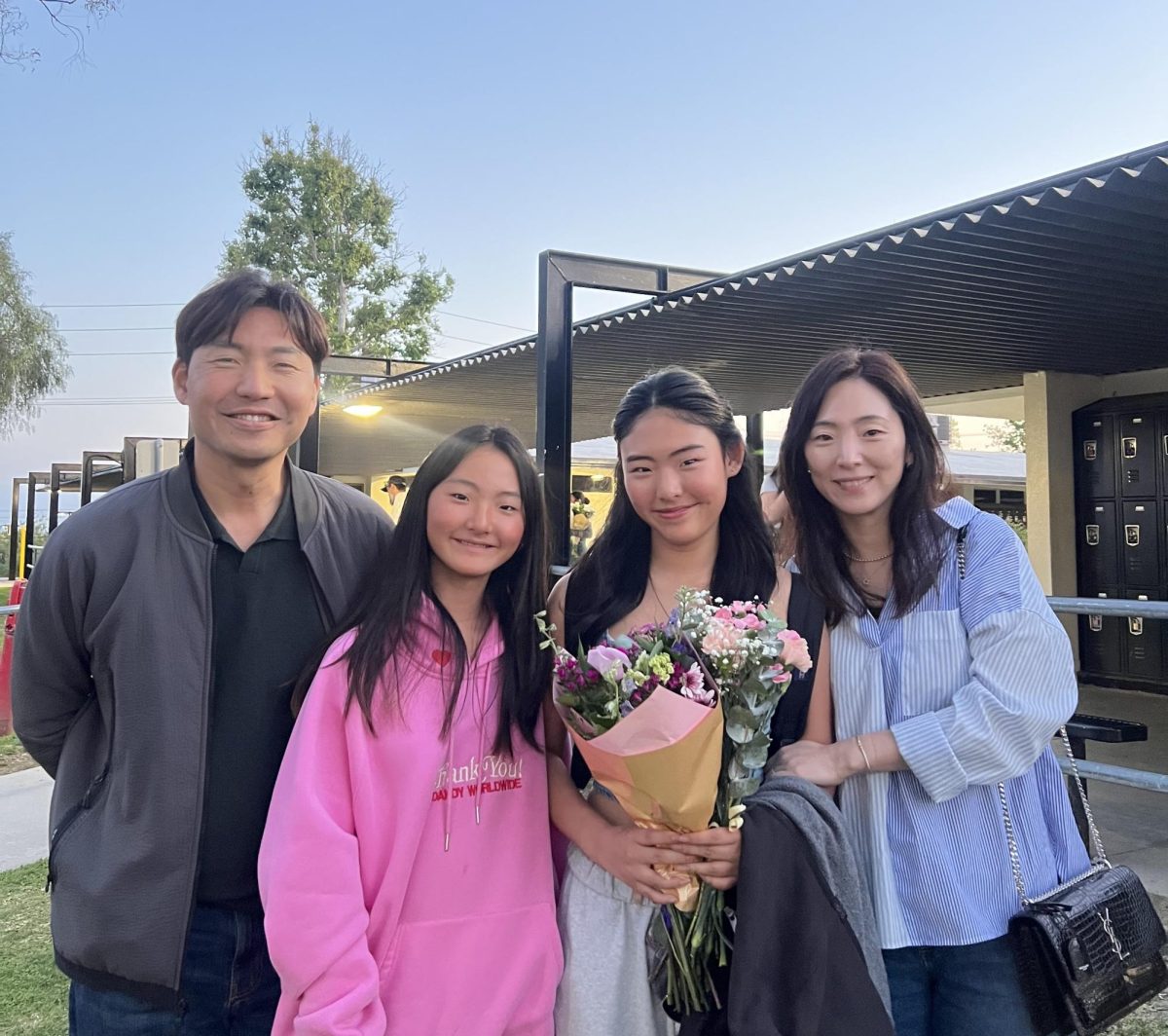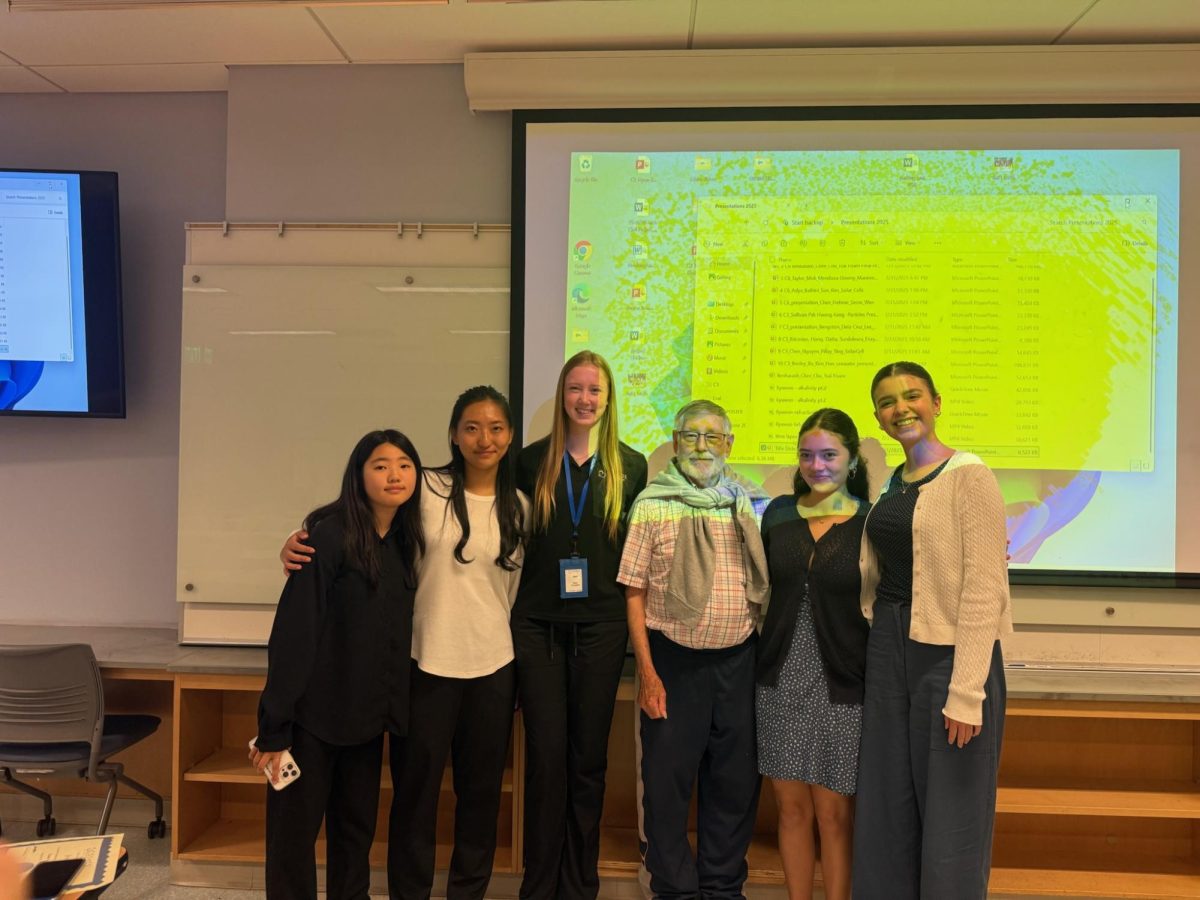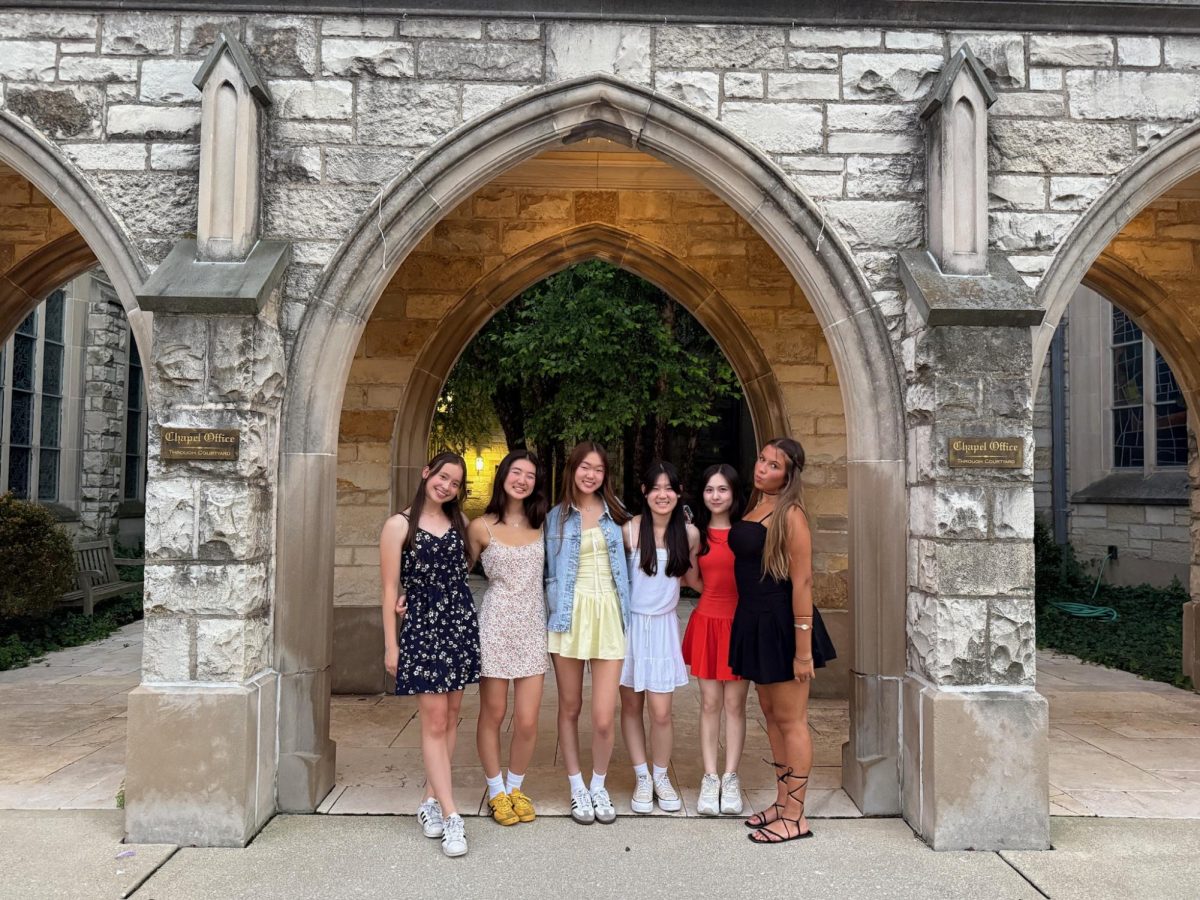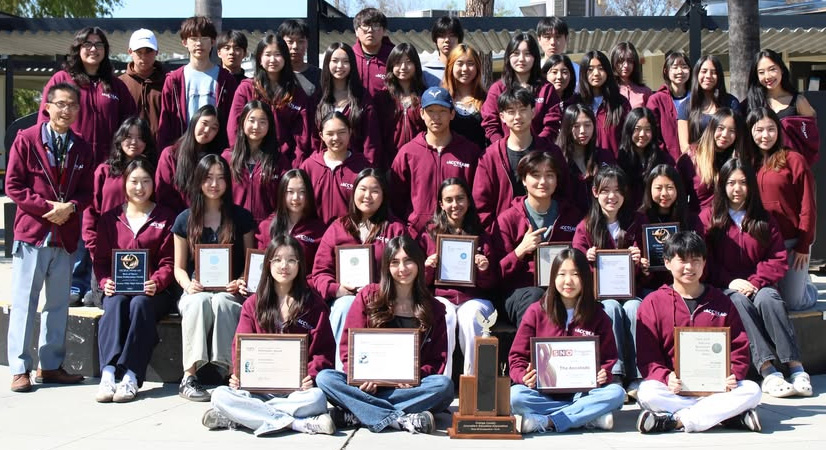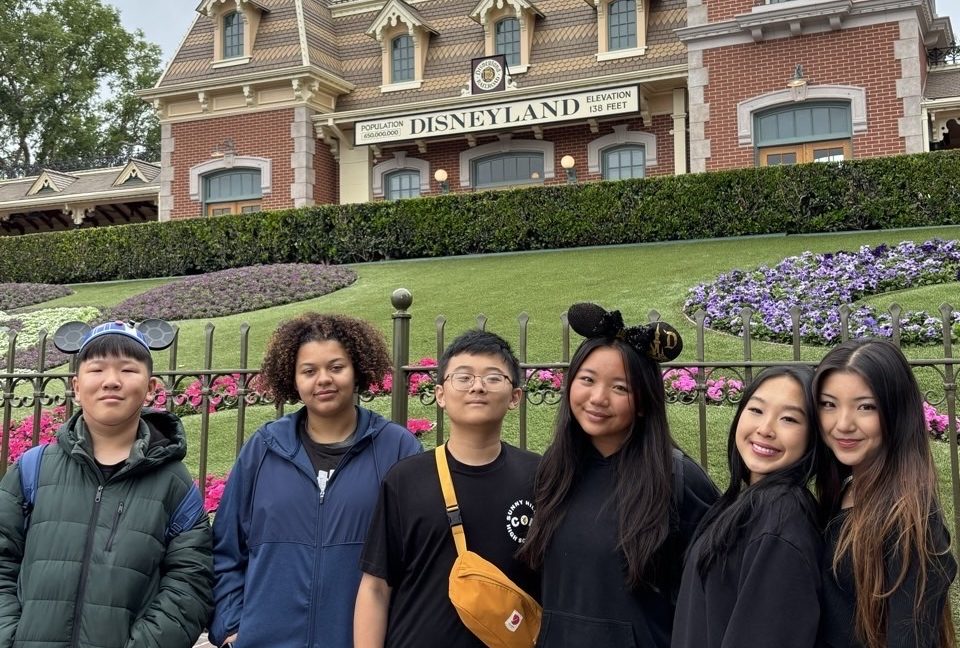Gov. Gavin Newsom signed legislation earlier this month that was championed by an 11-year-old boy named Zacky Muñoz.
Known as the Muñoz Student Allergy Framework for Emergencies Act – AB 1651, the law ensures that the use and location of epinephrine auto-injectors are known to school staff.
This isn’t Munoz’s first interaction with government leaders. According to his website, he also helped produce another bill known as The Zacky Bill – AB 2640. This law guarantees to provide school districts, parents, caregivers, and students with a California Food Allergy resource guide that provides essential information to keep students with food allergies safe at school.
Munoz’s actions led me to consider my own food allergies, which are avocados and melons.
Being curious about how our school district’s food services handle students who are in situations like mine, I reached out to Asma Chaudhry, who agreed to come speak to The Accolade staff about some of my concerns as well as those of other students on our team.
Before going into my own food allergy issues, let me share with you what Chaudhry said about students’ Top 3 common misconceptions or complaints about our cafeteria food.
COMMON COMPLAINT/MISCONCEPTION NO. 1:
Students at Sunny have complained about the prepackaged school meals, whether it be the taste, texture or ingredients. However, Chaudhry said that this school year, our cafeteria staff are making more handmade meals as well as partnering with a local farm to get fresh ingredients.
COMMON COMPLAINT/MISCONCEPTION NO. 2:
Another issue students have is that they have not been surveyed about the type of meals that they would like to have more often. In response to this, Chaudhry said that the kitchen staff has surveyed the Associated Student Body on food items and are planning to conduct questionnaires for other students as well.
COMMON COMPLAINT/MISCONCEPTION NO. 3:
Food safety is often a concern voiced by students with allergies. It often even limits their choices on school meals. There are a few actions that can be done to fix this complication.
Back to my issue. While cafeteria workers are required and able to make special meals on demand using the meal accommodation form, some flaws still need to be addressed.
Our school district currently requires tedious work for the special meal accommodation form, as you have to find and fill out a form on the Fullerton Joint Union High School District food services website, something I did not even know existed prior. The form also requires a signature from a state licensed healthcare professional.
Recently, I learned from Chaudhry that students could also get their specialized meals by speaking with the cafeteria staff. In fact, Chaudhry strongly encourages students to approach cafeteria staff workers. Nonetheless, the majority of the students with needs are uninformed of this service.
In an online poll that started on Nov. 2, The Accolade asked: Did you know that students could get specialized meals for their medical needs by talking with the cafeteria staff?
Of the 105 who responded, 74% were uninformed of this service, followed by 20% who did.
This issue is important as all food allergies, no matter how uncommon, have the potential to endanger students. As a person with allergies to avocados and melons, I believe it is important to provide more awareness about facilities that help students with needs.
According to the Food Allergy Research Education (FARE) organization, a staggering 33 million Americans suffer from life threatening allergies. In this population, 1 in 13 children suffer from deadly allergies and more than 40 percent of children with food allergies have experienced a severe reaction. This research reveals the importance of measures against food allergies.
It is not just me who feels this way, as some of my peers also believe the quality of school food has vastly improved because of the fresher ingredients. They also agree that a change is needed to the meal accommodation system so people like me are able to feel safe and comfortable about eating school food.
However, since this is a small crowd of peers, it is important to see how other students think of the potential lunch model adjustments. Thus, we could add questions regarding allergies to the district and schoolwide surveys.
If nothing comes of this, perhaps I should look into how I can contact Munoz to see if he’s willing to take on my situation. If not, I can be more active in my own local government agencies by applying to be a candidate for the next student board member in my junior or senior year.
That way, I can champion my own “ingredients” into the mix of school lunch policies in the future.



